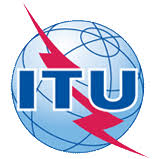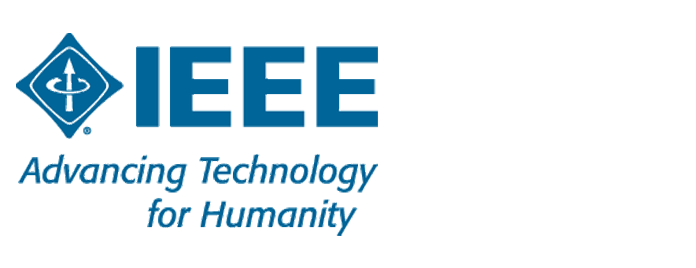ITU-T Y.4901/L.1601. Key performance indicators related to the use of information and communication technology iin smart sustainable cities
Recommendation ITU-T Y.4901/L.1601 gives a general guidance to cities and provides the definitions of key performance indicators (KPIs) related to the use of information and communication technology (ICT) in the context of smart sustainable cities (SSCs).
This Recommendation is one of series of the Recommendations and Supplements that define KPIs. The series of KPI definitions documents also include:
• Recommendation ITU-T Y.4900/L.1600 on overview of key performance indicators (KPIs) in smart sustainable cities.
• Recommendation ITU-T Y.4902/L1602 on key performance indicators (KPIs) related to the sustainability impacts of information and communication technology (ICT) in smart sustainable cities. This Recommendation lists the KPIs used for ICT impact on sustainability.
• Supplement ITU-T Y-Suppl. 39 on key performance indicators (KPIs) for smart sustainable cities. This document provides information regarding KPIs and evaluation index systems of smart cities, KPIs of sustainable cities, etc.


